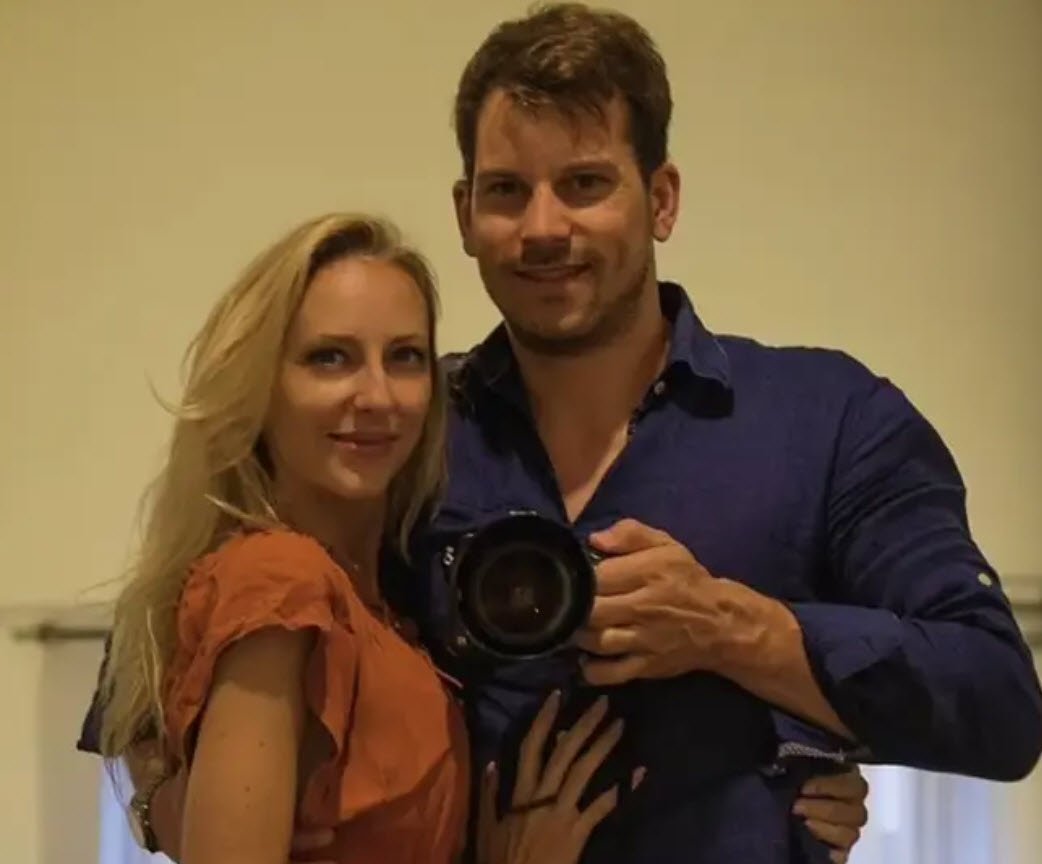
Okay, so you’re sitting still, with your spine straight, eyes closed, totally relaxed…now what?
First of all, congratulations! Not many people even manage to get this far. Sitting still for any length of time is an accomplishment in and of itself. It requires real discipline and willpower to overcome the restless mind, and just be still.
Bravo. Now, it’s time to refine your practice so that you can really get to the real work: training the mind, and cultivating patience, inner peace, compassion and true happiness. Here are seven tips and methods you can use to refine and take your practice to the next level:
1. Focus Your Attention
Every kind of meditation and inner work requires a certain degree of mental discipline, focus, and control. It’s one of the simplest aspects of meditation, yet one of the most difficult to master. Start by focusing your attention on a single thing: usually a mantra, a candle flame, or your breath and hold to it.
When your mind wanders (and it will), simply notice what distracted you (an itch, a noise, a random thought) and then gently bring your awareness back to the object of focus. In the beginning, this seems like an exercise in futility. Your attention strays every few seconds, and it feels hopeless, frustrating, not to mention boring.
But keep at it; you’ll see progress sooner than you think. Your fickle mind becomes more steady. Thoughts and other distractions fade into the background, where they come and go without pulling you away. Your mantra (or your breath, or whatever you choose) becomes an island, a sanctuary, a calm refuge that you can retreat to at anytime.
Also Read: [Top 15] Great and Motivational Quotes by Winston Churchill
2. Expand Your Awareness
Besides concentration, the other essential discipline is mindfulness. In Buddhism, these two are sometimes referred to as “the two wings” of meditation and like wings, they work together. Opposite, but complementary. Where concentration is narrow and focused, mindfulness is expansive.
Where concentration is one-pointed, mindfulness is relaxed and open, taking in all things at once. To practice, simply let your awareness expand and grow. From feeling the breath, let it spread throughout your body. Then to your other senses. And then to your mind, your thoughts and emotions.
When a thought or sense object arises that pulls you in and absorbs your attention, just notice it and let it go. Return to free and open awareness. Learn to observe the present moment, and all it contains, without grasping at any of it. Eventually, you’ll learn to rest in that state, calm and at peace, as thoughts and other phenomena rise and fall, come and go, in an eternal ebb and flow.
3. Practice Non-judgment
Meditation is about cultivating pure awareness. As thoughts, and memories, and feelings flow through your awareness, try not to judge them as good or bad, right or wrong.
Simply observe the activity of the mind, without labeling it. Most importantly, don’t judge yourself based on what you think. You aren’t a good person for having “good thoughts,” or a bad person for having “bad thoughts.” You don’t get to choose or control what comes into your head. You are not your mind.
Listen to your thoughts like you’d listen to the birds, or the sound of the wind, or the ticking of the clock. Watch your memories and fantasies unfold like you’d watch a group of kids playing in a field. It’s just mental words and movies. It doesn’t define you. It doesn’t mean anything.
4. Make Friends With the Mind
In spite of popular belief, the goal of meditation is not to silence the mind. The mind is not an enemy to be overcome, but with the right attitude and training can be an ally, and a powerful tool. Whether you are practicing concentration or mindfulness, the ceaseless stream of thought will distract you, hypnotize you, and capture your attention again and again.
But if you watch closely, you will see many of the same thought patterns keep repeating, over and over. Pay attention, for there are lessons to be learned in these patterns.
These recurring thoughts (or memories, dreams, fantasies, etc) are here to teach you. They hold the keys to your mental prison the deeply held beliefs, crippling fears, and subconscious programming that keep you from realizing your infinite potential. Don’t resist your thoughts, even the unpleasant ones. Don’t fight your mind; rather, befriend it. Welcome each thought as it comes, and invite it to reveal whatever it has to teach you.
Get to know your inner workings, why you do what you do, why you are the way you are. Look within, into the deep, dark corners of your mind, and bring them into the light. Make the unconscious, conscious.
5. Let Go of Your “Stories”
Your fears, judgments, and limiting beliefs all those recurring thought patterns you uncover during meditation form your most basic concepts of “self” (who you think you are) and “other” (the rest of the world, the way it works, what it wants or expects from you).
They literally shape your life, and how you behave and relate to others. But they aren’t true. They’re just stories. They seem true because you believe them. They color and distort your perception of reality, affecting how you see yourself, others, events… basically, everything.
Suggested Read: 365 Days of Motivational and Inspirational Quotes
If you really want to be free, to cast off your doubts and fears, to break through your barriers and limitations, you’ve got to stop believing in them. Again, that doesn’t mean denying them, resisting them, or fighting to make them go away. When these old stories come to your attention, simply smile and silently say, “I don’t believe you. That isn’t true.” Then let it go. Repeat as needed.
6. Shift Your Identity
Most people go through life believing that they are their ego, their mind, their personality. They identify with the voice (or voices) in their head, that’s constantly talking, analyzing, judging, labeling, worrying, planning, remembering…rinse and repeat, it goes on and on. But it isn’t true. Meditation offers us a way to free ourselves from that great lie. We can learn to stop identifying with the scared who and what we really are.
Again, this doesn’t mean that you have to stop thinking, or silence the ego. All you have to do is make a tiny shift, from being the “thinker” of all those thoughts to simply being a spectator, an observer. Don’t say to yourself, “I think” or “I’m thinking.” Thinking is happening, that’s all.
You don’t have anything to do with it. The thoughts aren’t yours; they are just thoughts. When you truly realize this, you will feel a tremendous sense of freedom, like a huge weight has been lifted off your shoulders. You are not limited or defined by the thoughts and stories that are swimming around in your head. You are not your mind, or your ego. You are the vast, pure ocean of awareness that witnesses the whole charade. You are free. You can do anything.
7. Surrender
The highest, most subtle and difficult meditative skill you can learn is the art of surrender. Meditation is about letting go; surrendering your fears, your beliefs, and ultimately surrendering your so-called “self.”
We have to give up what we think we know in order to realize the truth. We have surrender who we think we are, in order to realize all that we can be. Every time you sit down to practice, surrender every idea you have about what meditation is, what you should do, how it should feel. Even the wisest teachings, the most brilliant advice and instruction must eventually be set asid like a raft, after you’ve crossed the river.
When you sit down to meditate, give yourself to the silence, to the stillness, to the unique experience of this moment, with no expectations. Be open to whatever arises. Don’t measure your progress against anyone else’s Let your practice take you where it will. Surrender.
You may also like:- 8 Valentine’s Ideas and Gifts for a Memorable Celebration
- How to Choose the Best Plus Size Lingerie for Your Body Shape
- Former Model and Miss Switzerland Finalist Murdered by Husband, Then ‘Pureed’ in Blender
- 10 Cool Tricks to Burn Yourself to a Gorgeous Body
- How to Find the Perfect Wedding Dress
- Swimmer Luana Alonso Kicked Out From 2024 Paris Olympics
- Kiara Advani Stuns in Blue Latex Jumpsuit For Recent Photoshoot
- Top 10 Most Complimented Fragrances for Men
- Top 10 IMDB Current Biggest Stars in India
- Virat Kohli’s ‘Jai Hind’ Instagram Post Sets New Record








